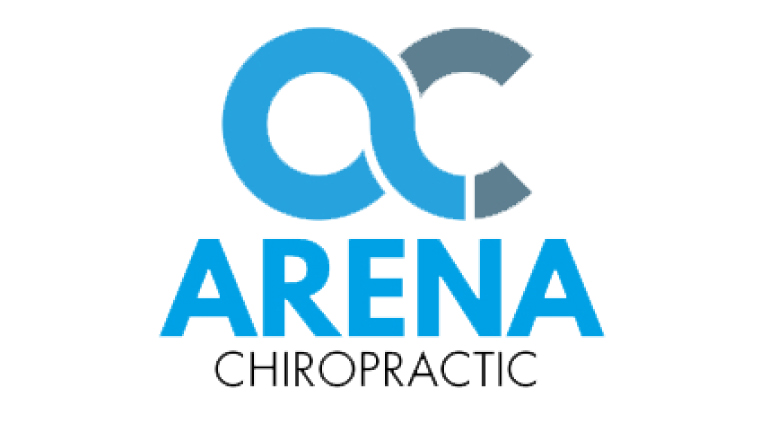Whether we rent or own our home, all of us pay some form of monthly living expenses. Even if we have paid down a mortgage and own our home outright, we still pay monthly utility bills in order to keep our homes functional and livable. We also pay property taxes as part of our participation in various services provided by local government. But, although we’re familiar with the concept of monthly maintenance for our brick-and-mortar home, many of us forget to consider that comparable maintenance is required for our metaphorical home, that is, our physical bodies.
Part of the difficulty is that we apparently have received our bodies for free. None of us actually did anything in order to obtain such a precious gift. Yet here we are, and part of being “here” is that we are seemingly equipped in advance with these amazing flesh-and-blood machines. Just as remarkably, it appears there are no fees or charges associated with the use of our bodies. But, as many of us eventually come to realize, such beliefs are false. The failure to recognize our actual responsibilities in the matter of our physical selves can lead to great pain, suffering, and loss. On the other hand, when we recognize the appropriate methods of “payment” that are required for the “rent” of our human forms, we gain a sense of joy, satisfaction, and well-being that was previously unattainable. By taking on the responsibility for the care of our gift, we are specifically acknowledging our part in the bargain of our participation in the process of living.
A primary component of such a maintenance program is regular vigorous exercise.1,2 Many national guidelines recommend 30 minutes of exercise done five days a week.3 Some people find it easy to exercise consistently and have done so for years. Others experience difficulty in setting aside the time required for exercise, finding their lives already so busy that there’s no room for any additional activities. Each of us must come to our own terms with the notion of personal responsibility for exercise. No one can tell another what he or she must do.
The relationship between regular exercise and long-term health and wellness is clear and highly correlated. But knowing something is not sufficient. Motivation to take action is personal, and each person will ultimately be successful or not in identifying such ongoing motivation. For all of us, it may be helpful to recall that everything in life is associated with a cost. We live in a cause-and-effect world. All of us, given the choice, would likely choose to be part of the “cause” of our own health, wellness, and well-being. If we choose to be part of the “cause”, finding the time to engage in regular vigorous exercise may then become astonishingly easy.
1DeFina LF, et al: Physical activity versus cardiorespiratory fitness: two (partly) distinct components of cardiovascular health? Prog Cardiovasc Dis 57(4):324-329, 2015
2Lavie CJ, et al: Exercise and the cardiovascular system: clinical science and cardiovascular outcomes. Circ Res 117(2):207-219, 2015
3Street SJ, et al: Windows of opportunity for physical activity in the prevention of obesity. Obes Rev 16(10):857-870, 2015




